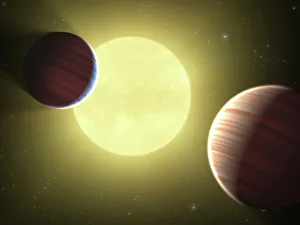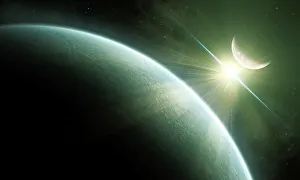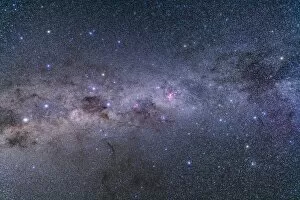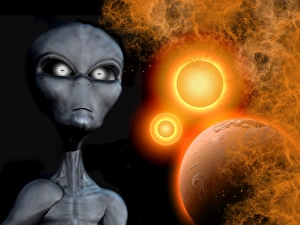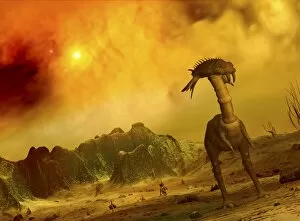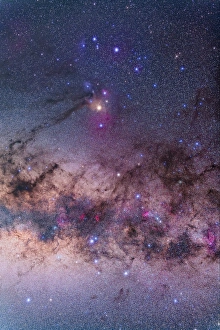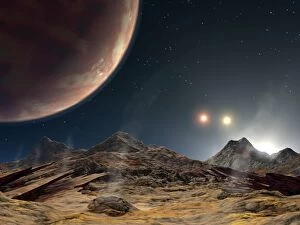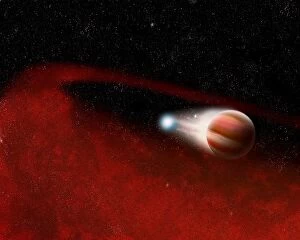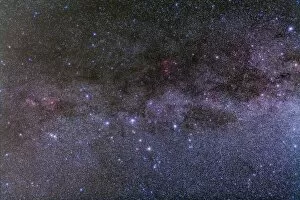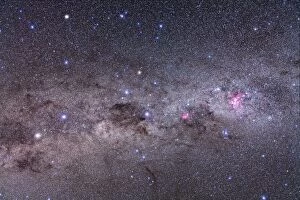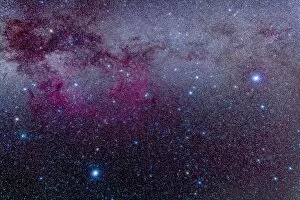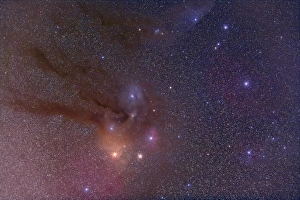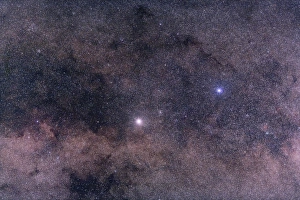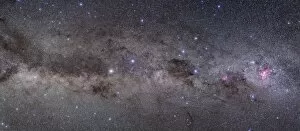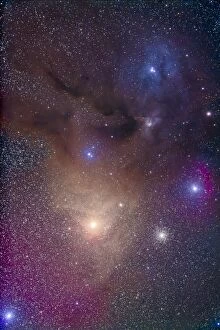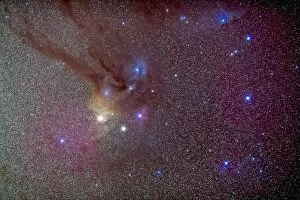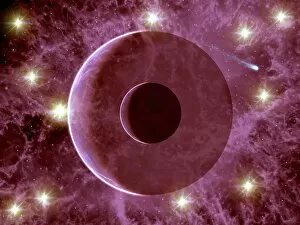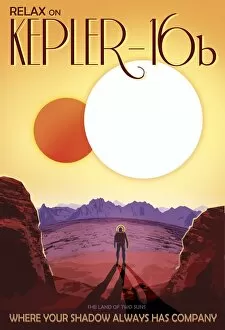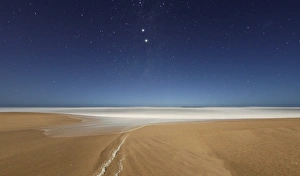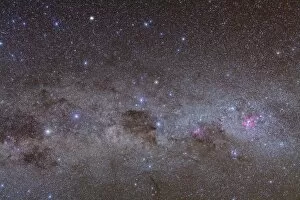Star Systems Collection
"Exploring the Vastness of Star Systems: From Exoplanets to Alien Worlds" Artists concept illustrating the two Saturn-sized planets discovered by the Kepler spacecraft
All Professionally Made to Order for Quick Shipping
"Exploring the Vastness of Star Systems: From Exoplanets to Alien Worlds" Artists concept illustrating the two Saturn-sized planets discovered by the Kepler spacecraft, showcasing the diversity of star systems. An artist's concept of Epsilon Eridani, a possible habitable planet within a distant star system, igniting our imagination about extraterrestrial life. Encounter with a Grey Alien from the Zeta Reticuli binary star system - an enigmatic glimpse into potential interstellar beings. Journeying through a distant alien star system, where mysteries and wonders await in uncharted cosmic territories. Captivating view around the head of Scorpius constellation reveals celestial beauty amidst stars and nebulae. The mesmerizing dance between Scorpius, Lupus, and Ara regions in the southern Milky Way unveils stellar marvels beyond comprehension. Artist's concept transports us to an alien planet within an unknown star system - unlocking our fascination for otherworldly landscapes. Gazing upon Earth-like vistas from a hypothetical moon orbiting humanity's first known exoplanet residence - expanding horizons beyond our solar system. A debris disk encircling unusual interacting binary stars captivates astronomers' curiosity as they unravel celestial dynamics at play. Nebulosity in Cassiopeia astounds with NGC 7822 and IC 1805 unveiling ethereal clouds that birth new stars amid vast cosmic tapestries. The Coalsack and Jewel Box Cluster nestled within Southern Cross constellation paints a breathtaking canvas against dark skies - nature's masterpiece on display. A colorful star system illuminated by different colored nebula gases showcases nature's vibrant palette across interstellar realms. Embark on this cosmic odyssey as we delve deeper into these captivating glimpses of diverse star systems that ignite our curiosity about what lies beyond.

